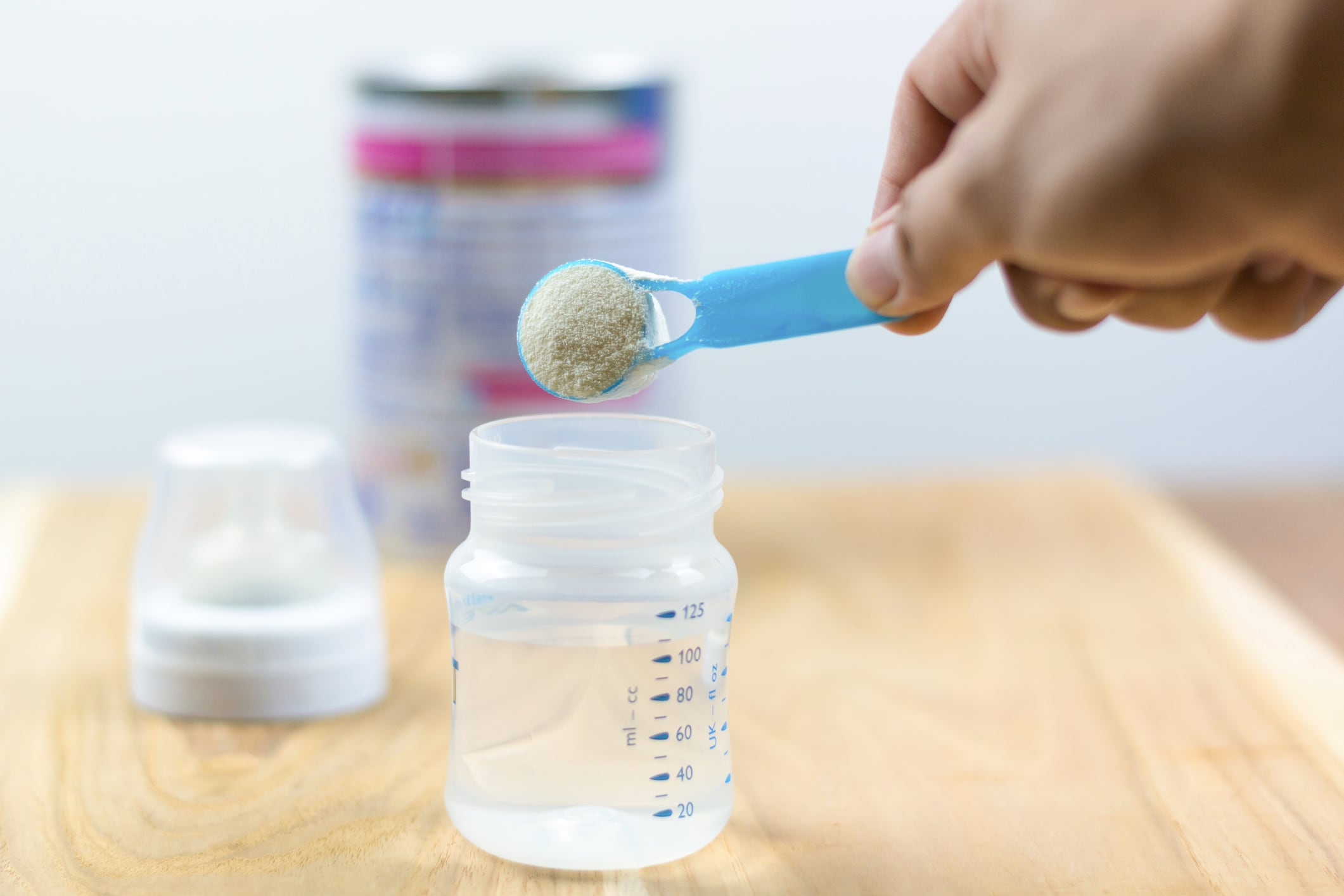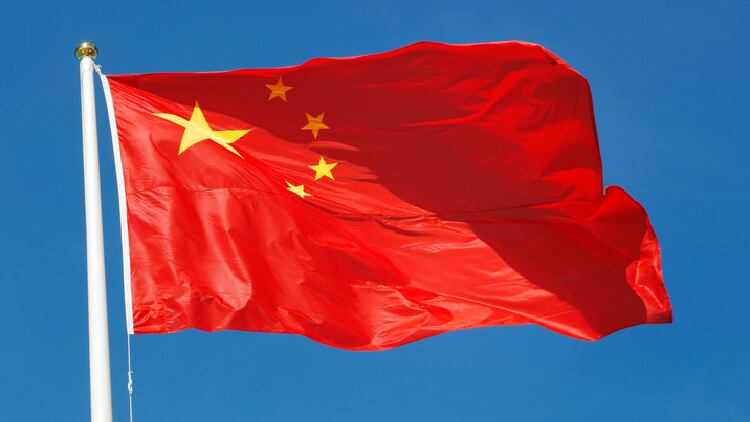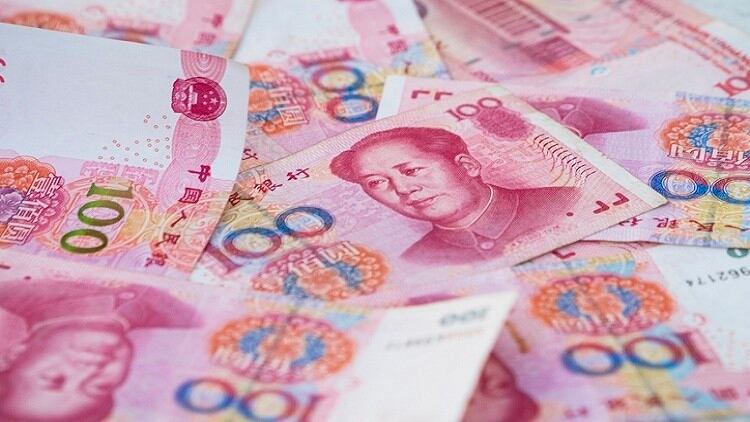Danone’s Aptamil, Yili, Friesland Campina’s Friso, The a2 Milk Company, and Biostime from H&H Group are some examples that have continued to see growth in China’s infant formula market in the first half of this year, amid concerns on fluctuating birth rates in China.
China’s birth rate has declined for seven consecutive years until last year, which saw an increase of 520,000, according to China’s National Bureau of Statistics. The increase was said to be related to the Lunar Year of the Dragon - traditionally a popular year among Chinese couples for giving birth.
Danone’s Aptamil, currently second in China’s infant formula sector in terms of market shares, has seen continued market share growth fuelled by its Essensis platform - an innovation consisting of a synbiotic formula for the ultra premium market.
Its specialized nutrition products business in China, as a result, has grown at double-digit in the first half of 2025.
Yili is another firm that has reported an expanding market share.
Its eponymous infant formula brand reported a double-digit growth in sales, as well as an increase in market shares of its goat milk infant formulas by three percentage points to 34.4%, it announced in its financials presentation last Thursday (August 28).
Feihe, which ranks number one in terms of market share, however, has seen its revenue and profit shrink during the period.
Revenue for the firm fell 9.4% to RMB$9.15bn (US$1.28bn), which it said was due to a reduction in inventory and fulfilling of corporate social responsibility.
“In order to implement its strategy of “Fresh, Extracted and Active Nutrition”, the Group reduced the channel inventory of infant formula products to maintain the freshness and quality of products on the shelves; and (ii) the Company actively fulfilled its corporate social responsibility by providing childbirth subsidies to consumers," the firm said in its financial results released last Thursday.
Its profit also plunged 46% from RMB$1.91bn (US$267.99m) to 1.03bn (US$144.76m).
Key reasons include higher production cost stemming from more expensive raw material powders, including whole milk powder, skim milk powder and light cream.
Premium consumption to lead the way
Nonetheless, Feihe said that China’s infant formula market was expected to remain stable, and premium products, alongside increased rural consumption for high-end goods, would drive the market forward.
Citing data from the National Bureau of Statistics, it said that China’s per capita annual disposable income last year was RMB$41.3k (US$5792) - which grew at a CAGR of 6.1% from 2019 to 2024, and this would increase spending on premium infant formula.
“Such increase will in turn increase the consumption momentum of China’s high-end infant milk formula products.
“Lower-tier cities as well as rural areas in China are becoming wealthier and more urbanized, and families in such regions are increasingly able to afford higher quality infant milk formula products. In general, these regions have larger populations and therefore higher potential for consumption growth.
“Due to increasing urbanization, rising disposable income and growing health awareness, the demand for high-end infant milk formula products is expected to be the driving force of the overall infant milk formula industry in China,” said the firm.
The sentiment was shared by H&H Group and The a2 Milk Company.
H&H Group, for instance, said that its brand Biostime, hit a historic market share of 15.9% in June 2025 in China’s super-premium infant formula segment, the firm announced in its H1 FY25 last Tuesday (August 26). This was an increase from 12.9% a year earlier.
Its total infant formula revenue in Mainland China also grew 10% to RMB$1.90bn (US$267.07m).
The a2 Milk Company, on the other hand, is doubling down on its China label infant formula production with a new plant purchase, it announced on August 18.
In FY25, the firm’s China label infant formula business was said to have achieved a record market share of 5.5%, based on data from Kantar Worldpanel.
China label infant formulas are generally priced higher and considered more premium than English label products, according to the firm.
Mother-and-baby and e-commerce stores
Most of these major players have tapped on a two-pronged approach in growing its infant formula business, namely mother-and-baby and e-commerce retail stores.
For Feihe, its offline sales of dairy and infant formula products for the first half of this year accounted for 71.9% of its total revenue.
At the same time, it has also tapped on e-commerce platforms, its own website, and mobile applications to reach out to younger consumers.
In the same vein, Biostime has highlighted how social commerce platforms like RedNote and Douyin were crucial for new customers acquisition.
“In the first half of year, brand searches on RedNote and Douyin more than tripled compared with the same period in 2024.
“Biostime now ranks among the top two most recommended newborn infant milk formula brands on RedNote, positioning e-commerce as a key growth driver for our older-stage formulas in 2025,” it said.
Consumer education in e-commerce and baby specialty store channels has also helped with new customer acquisition.
Yili, on the other hand, also said that sales of infant formula on e-commerce channels has increased by more than 30%.
Government’s baby subsidy to work?
At least two of the major players, namely Feihe and Danone, have expressed confidence in the Chinese government’s baby subsidy measures, and how strong demand for stage 1 formulas could drive consumption of stage 2 products.
Danone, for instance, believes that these are signs that China’s infant formula market will continue to perform in the second half of 2025.
“At the beginning of the year, we saw the infant milk formula category in green on Stage 1. This is as we expected now progressively extending into Stage 2. When you add together Stage 1 and Stage 2, you speak about two-thirds of the categories overall in IMF in China.
“And so there are reasons to believe that also the second half of the year, the category will be performing.
“At the same moment, you have seen that the Chinese government is increasing the incentives for getting the birth rate better for the long term, and we hope that this is creating results,” said Juergen Esser, Danone’s chief financial officer in response to analyst queries during the firm’s H1 conference call.
Similarly, Feihe has expressed optimism in a stable birth rate in the upcoming years.
“Despite the decline in newborns from 2019 to 2024, the number of newborns is expected to improve from 2024 to 2027, thanks to the newborn supporting and subsidy measures.
“Due to the factors listed below, China’s infant milk formula market in terms of retail sales value is expected to remain stable,” the firm said.
On July 28, the China government announced a number of new policies to encourage childbirth.
One example is offering families RMB$3,600 (US$503) per year for each child until they turn three.
In response to a slowing birth rate, the government has phased out its one-child policy nearly a decade ago in 2016.
In 2021, it also announced support for three-child policy.





